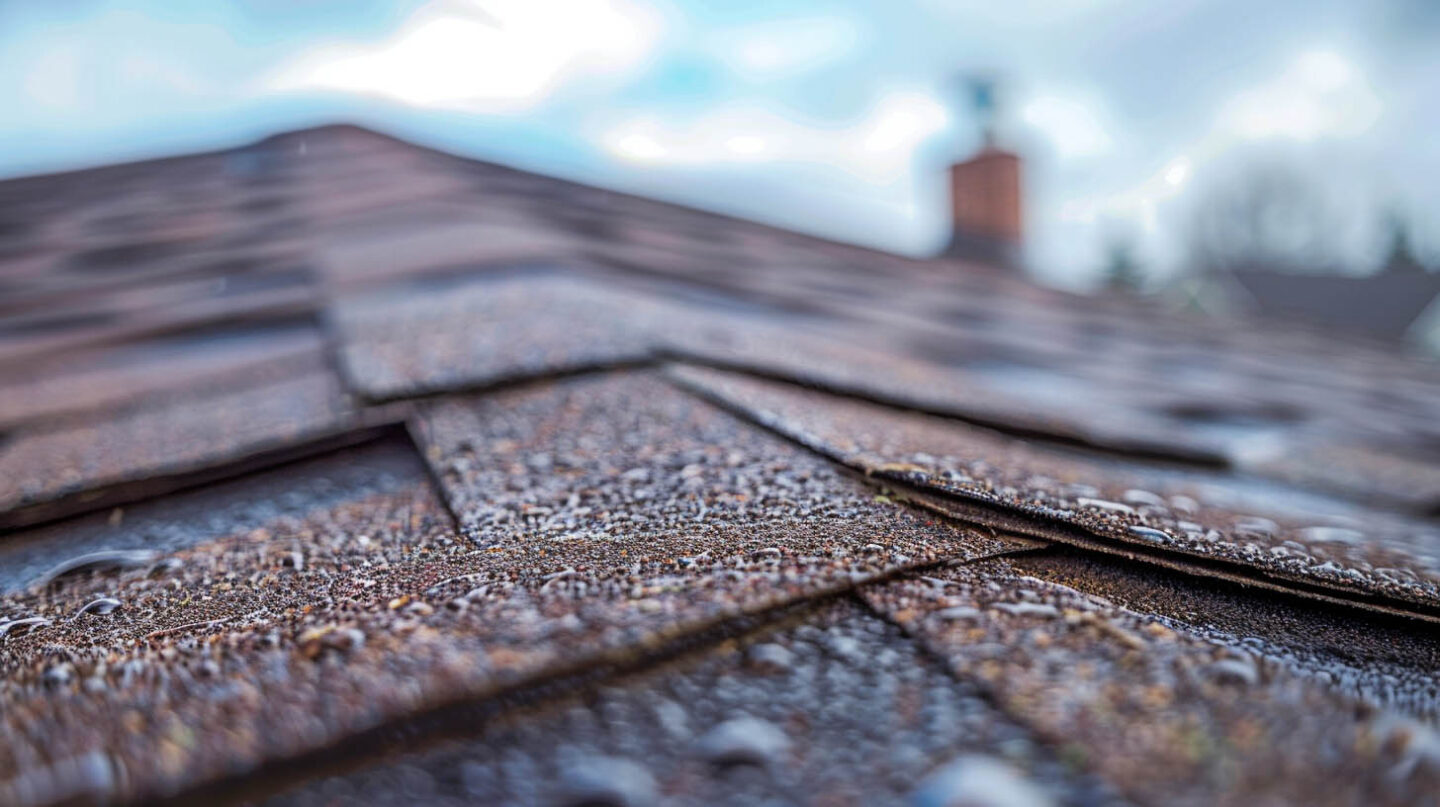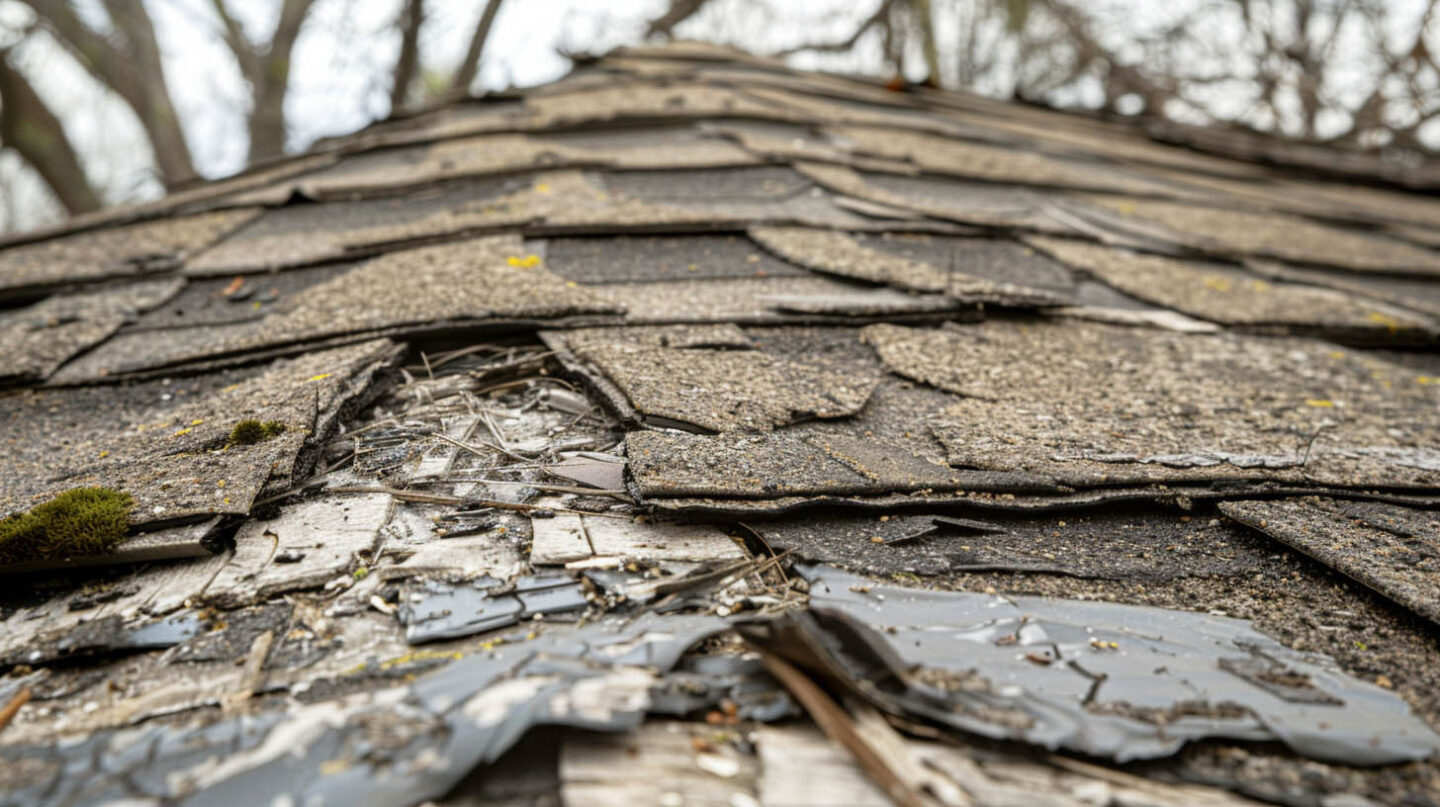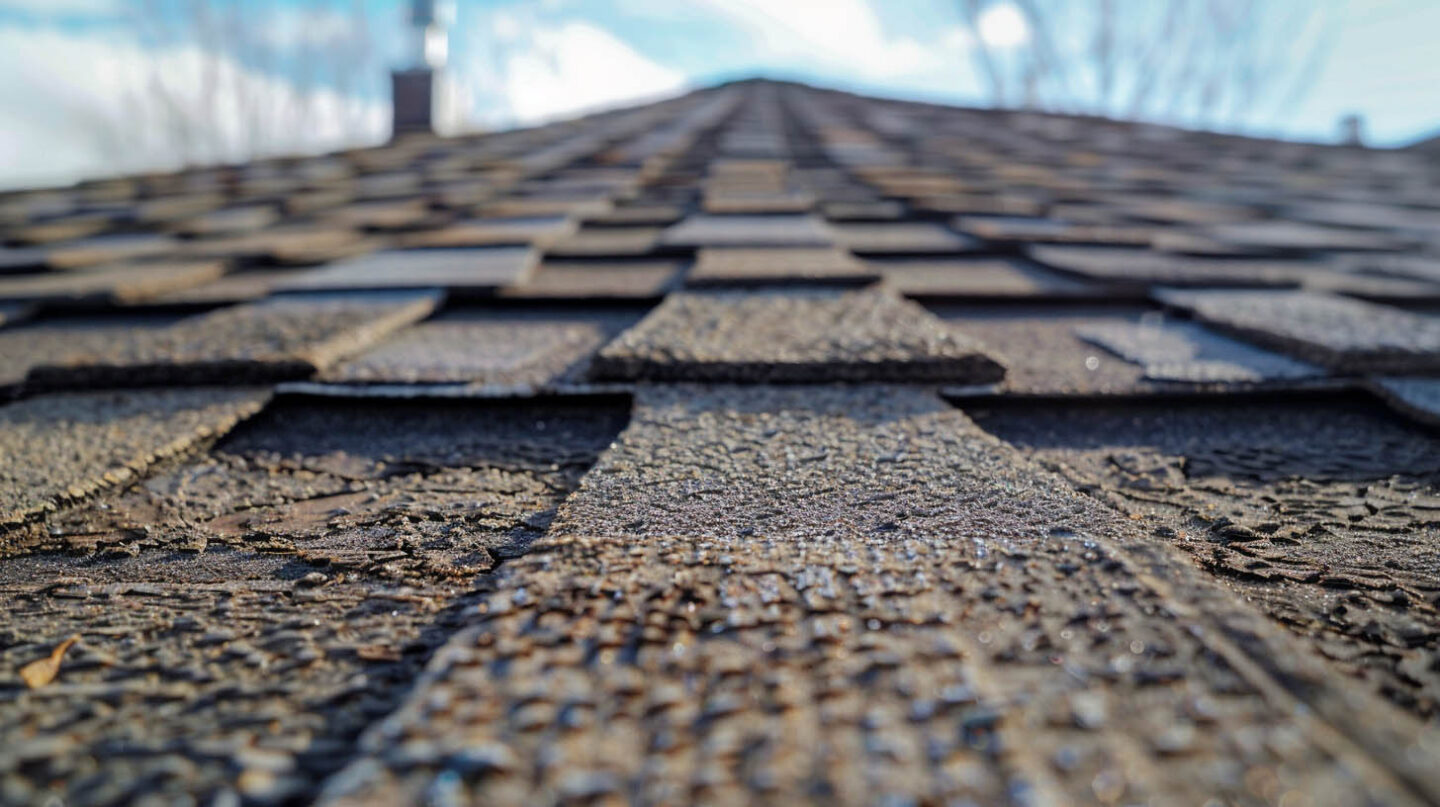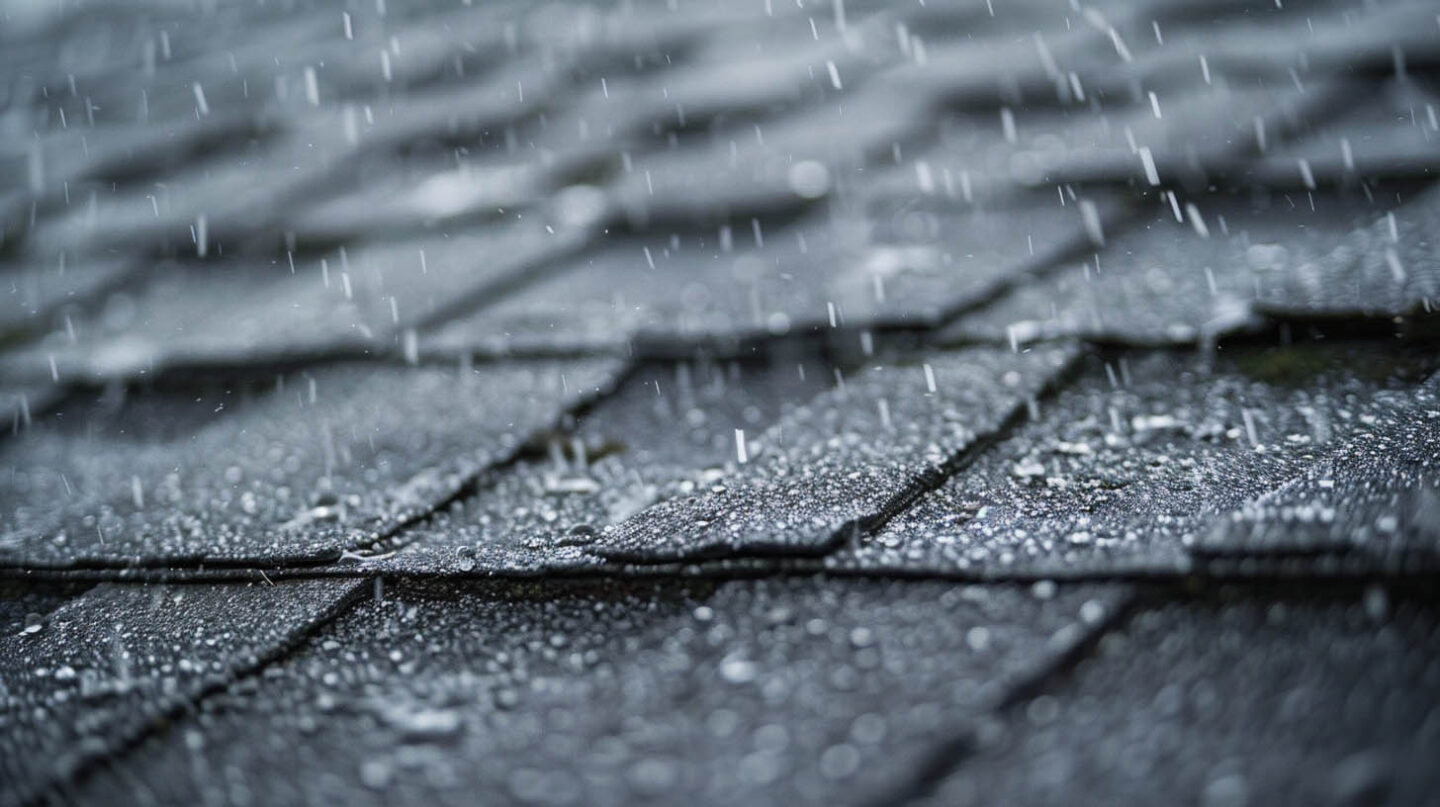After a storm rolls through Clayton, NC it’s natural to worry about your roof. You might spot some concerning marks on your shingles and wonder, is this hail damage? Or is it something else entirely? Understanding the different types of damage is crucial for getting the right repairs and navigating the insurance process. At The Shingle Master, we specialize in providing professional roof inspections that can reveal whether your roof has suffered from hail impact or is showing signs of another issue, like blistering. Our experienced team is dedicated to helping you understand the condition of your roof and ensuring you receive the best possible service. This guide will help you learn the difference.
Understanding Roof Bruising and Blistering
Differentiating between roof bruising and blistering is essential for proper damage assessment. Bruising, often depicted by visible dents on the surface of shingles, can indicate significant force impacting the protective granules. In contrast, blistering results from heat and moisture trapped beneath the shingle layers due to poor ventilation. This formation of blisters compromises the roof’s structural integrity and promotes further complications. A professional inspection can identify these types of damage, ensuring correct documentation for necessary repairs and safeguarding against severe issues.
What is Bruising from Hail Damage?
Bruising from hail damage refers to the impact marks left on roofing materials, particularly shingles, caused by hailstones. This damage can compromise the roof’s integrity without causing visible cracks or tears, leading to potential long-term issues if not addressed promptly.

What Causes Blistering on Roof Shingles?
Blistering on roof shingles is primarily caused by a combination of heat and moisture. When trapped air beneath the shingle heats up, it expands, creating blisters. Poor ventilation, excessive heat exposure, and manufacturing defects can all contribute to this damaging condition.
Recognizing the Signs: Bruising vs Blistering
Distinguishing between bruising and blistering following hail exposure requires a keen eye for detail. Visible dents caused by the significant force of hail impact often indicate bruising, leading to compromised protective granules. In contrast, shingle blistering manifests as raised areas on the roof’s surface, which result from inadequate attic ventilation or improper installation. Recognizing these differences not only aids in determining the extent of the damage but also influences necessary repairs and long-term structural integrity.
Visual Cues Professionals Look For
A thorough inspection reveals distinct visual cues that roofing professionals use to assess hail damage. Key indicators include visible dents on the surface of shingles and patterns of granule loss, which signal the extent of the damage. The presence of shingle blistering, often characterized by raised areas, can suggest major problems due to poor attic ventilation. Inspectors also note any missing shingles or protective granules, all essential for understanding the roof’s overall health and potential repair needs.

Key Differences in Size, Shape, and Patterns
Distinguishing between bruising and blistering involves keen observation of size, shape, and patterns on roof shingles. Bruising typically manifests as localized indentations, often resembling small, dark spots due to hail impacts, while blistering appears as raised areas, sometimes with a bulging effect. Patterns indicate the severity of damage; bruises tend to cluster irregularly, whereas blisters often form around areas of inadequate attic ventilation. Understanding these variations is essential for effective hail damage repairs and maintaining the roof’s structural integrity.
How Roofing Experts Inspect and Document Damage
Thorough inspections by roofing experts are crucial for identifying the extent of hail damage. Using specialized tools, such as infrared cameras and moisture meters, professionals assess the structural integrity of affected shingles and the underlying materials. Documentation is vital, as it serves as evidence for insurance claims, outlining the types of damage and necessary repairs. By accurately categorizing issues like granule loss and blistering, roofing contractors can ensure that all aspects of the damage are addressed, preventing potential complications in the long run.
Tools and Techniques Used for Accurate Identification
A comprehensive approach involves various tools and techniques to ensure accurate identification of hail damage. Infrared thermography allows professionals to detect temperature variances in roofing materials, revealing areas affected by inadequate attic ventilation or moisture. Additionally, reflectance sensors can help assess the loss of protective granules, which indicates potential issues like shingle blistering. Combining these advanced methods with thorough visual inspections empowers roofing contractors to accurately document and assess the extent of the damage, ensuring robust and informed repair strategies.

The Importance of Professional Documentation
Thorough documentation by professionals ensures an accurate assessment of hail damage, providing detailed evidence for insurance claims. A professional inspection captures critical visual cues, such as granule loss and shingle blistering, which are essential for understanding the extent of the damage. Additionally, proper documentation helps identify potential issues that may arise from inadequate attic ventilation or improper installation. This meticulous recording not only aids in ensuring appropriate repairs but also supports the homeowner in navigating the claims process with their insurance company.
What’s Next
Understanding the nuances between bruising and blistering is crucial for proper assessment and effective hail damage repairs. Recognizing visible signs and the key differences in damage types can significantly impact the outcome of insurance claims and the longevity of roofing materials. As a GAF Master Elite Contractor and Haag Certified Inspector, engaging a professional roofer ensures the identification of all affected shingles, preventing further complications down the line. Our BBB A+ and recognition as Raleigh’s Best Roofing Contractor reflect our commitment to quality work. Ultimately, proactive measures and regular maintenance can extend the roof’s lifespan while mitigating potential expensive repairs. As a NC Licensed General Contractor, we are proud members of the Raleigh Chamber of Commerce and NHBA, further solidifying our expertise in the field.
Frequently Asked Questions
How do you tell the difference between hail damage and blisters?
Hail damage causes bruising, which feels like a soft or spongy dent on the shingle. Blistering creates raised, bubble-like bumps caused by trapped heat. One of the key signs of hail damage is granule loss at the point of impact, while popped blisters leave behind a small, circular crater.
How to document hail damage?
For proper documentation, take clear, well-lit photos of the damage, using a coin for scale. Note the date of the storm. However, the best approach is to call a professional for a complete roof inspection. They have the tools and expertise to document every detail for your insurance claim.
Is roof blistering covered by insurance?
Generally, roof blistering is not covered by homeowners insurance. Most insurance policies consider it a result of wear and tear, manufacturing defects, or poor ventilation—not storm-related damage. Coverage ultimately depends on your specific policy and the initial cause of the damage identified by the adjuster.
Read our blog: Roof Decking: When to Replace Plywood vs OSB


